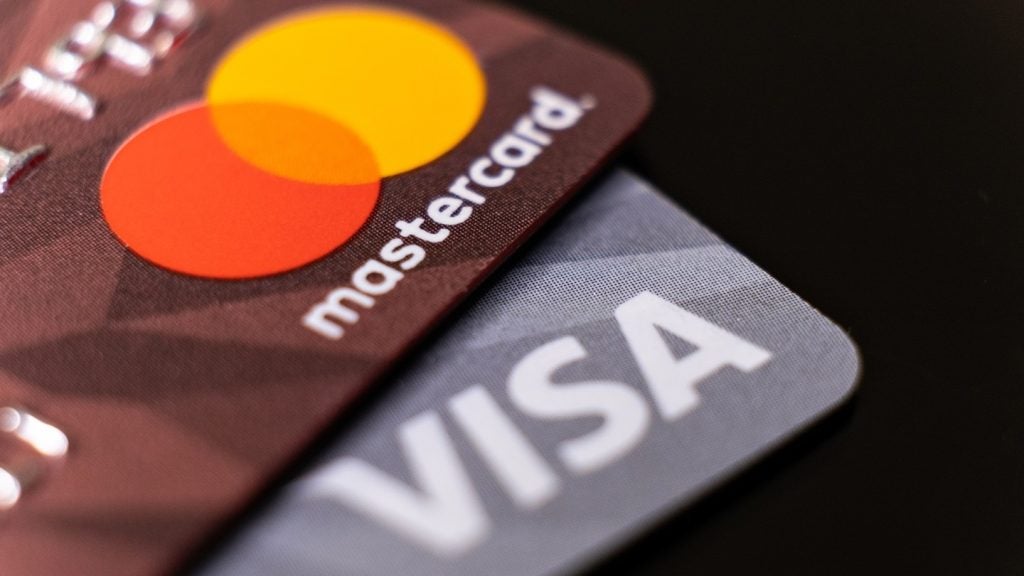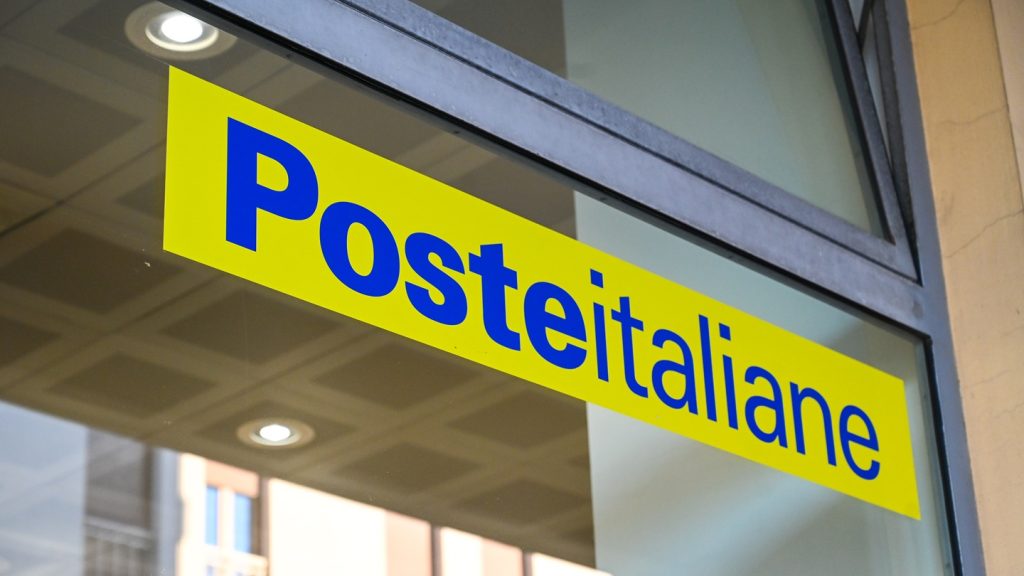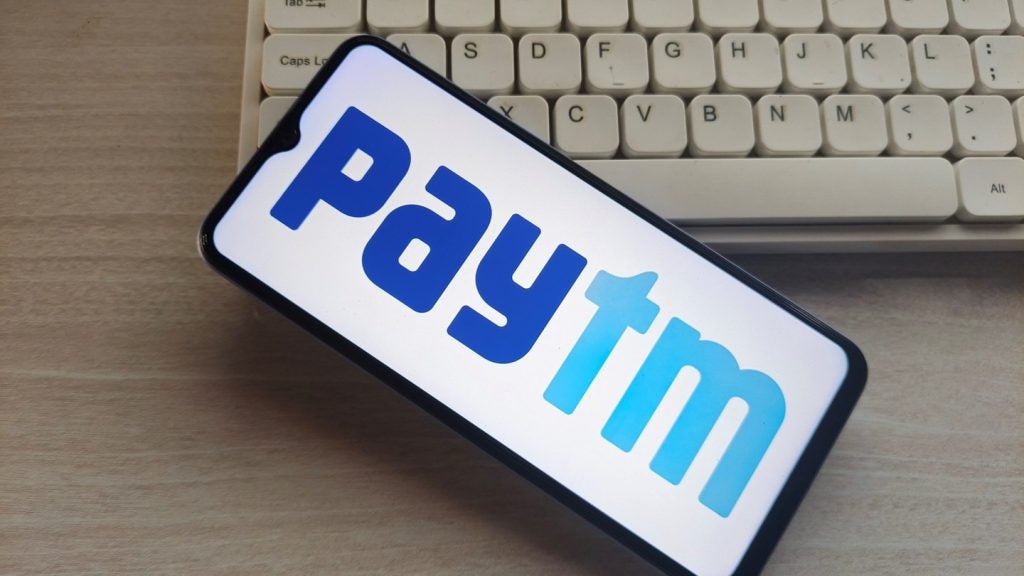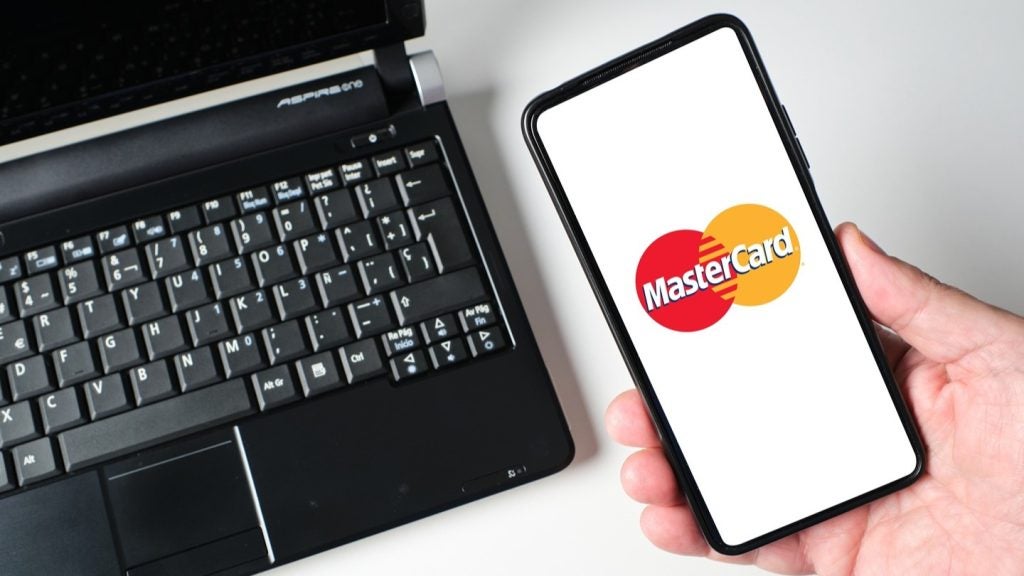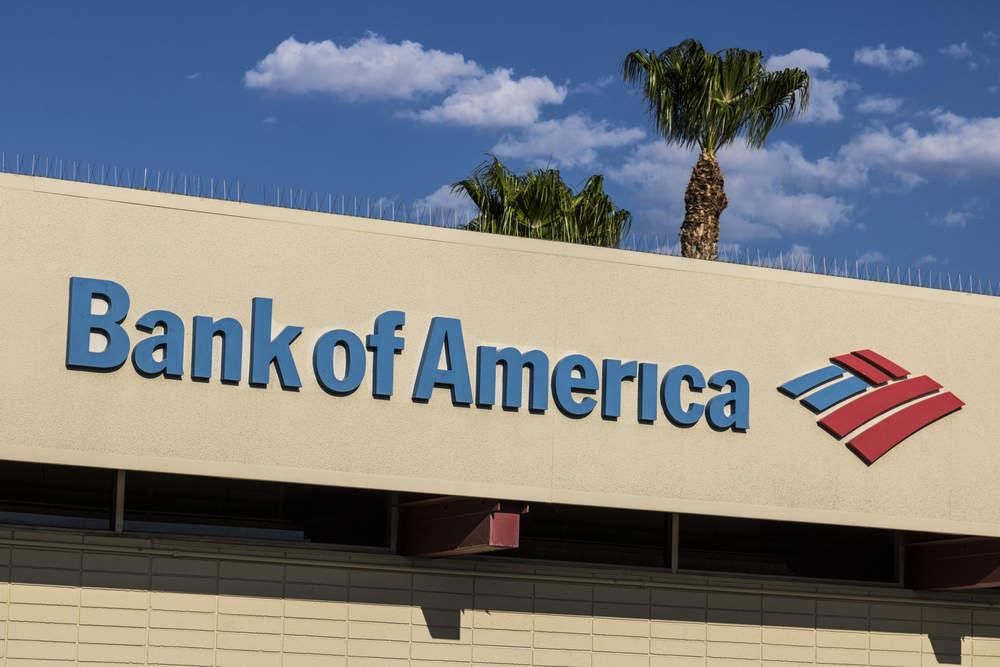
Expectations for speed, access, security and transparency are growing as consumers engage with technology, pushing banks to provide efficient services. Bank of America aims to move swiftly to achieve this, writes Briony Richter
The global banking industry needs to create a new value model to maintain customer loyalty and satisfaction, with strong preference for digital services now penetrating all customer segments.

Access deeper industry intelligence
Experience unmatched clarity with a single platform that combines unique data, AI, and human expertise.
What changes is BofA witnessing in the customer base in terms of payment needs, payment usage and preferences?
Venkat ES, MD and head of Asia treasury products and global transaction services tells EPI how the whole business model around customers is changing: “Today, corporates want to directly send the payment to the consumer and directly get the payment back from the consumer. That is giving an opportunity to move from a large-value transfer to small-value payments, and that is where you see the increased usage.”
“The model is changing with the emergence of online commerce merchants. It is expected that by 2020, 33% of sales even traditional companies will go online,” Venkat notes.
“The payment structure is evolving rapidly. The preference is to avoid cross-border high-value transfers into low-value payments. We need to get the information real-time, along with the payment, so the sales model can improve.”

US Tariffs are shifting - will you react or anticipate?
Don’t let policy changes catch you off guard. Stay proactive with real-time data and expert analysis.
By GlobalDataAdvances in payment technology have been rapid. The emergence of APIs enabled data connectivity, allowing it to be transferred and shared between different organisations. Now there is the emergence of international payment hubs. Venkat explains the prospects for payment hubs and innovative technology: “Payment hubs are not a new concept and they exist at a regional level. What is changing now is most corporations want to know the cost of payments. A key element in the cost of payments is holding multiple currencies.
“Now with the emergence of real-time payment infrastructure with technology like APIs, blockchain and distributed ledger technology, the entire payment system is moving from paper to electronic.
“There is certainly a demand by most multinational corporations which have operations in multiple countries to have a global international payment hub.
“What that essentially means is having settlement in one currency and then distributed in multiple currencies. The collections can be in multiple currencies but the settlement must be in one currency. So that model is not necessarily new but it is in the evolving landscape from regional payment hubs to global payment hubs.”
Transparency
In terms of cross-border payments, the technology has not yet fully evolved to keep up with the fast pace of globalisation. It must also overcome the hurdle of lack of transparency. Customers expect transparency in all payments they make, as well as a fast and efficient approach to their needs. This way banks will be able to retain customers as competition in the industry grows stronger.
As well as distributed ledger technology there is the Internet of Things (IoT), social commerce, conversational commerce and robotics. Venkat describes his view of the next step in payment innovation: “IoT is very exciting. It uses the physical infrastructure gathers data on how those physical infrastructure technologies are being used, and then breaks that into a commercial angle. There could be an explosion of payment opportunities, being enhanced in many different industries.”
The swift uptake of mobile payments allows speedy transfers across different accounts. Venkat emphasises that banks need to be productive in enabling mobile payments, IoT and APIs. Blockchain and distributed ledger technology could also see increased use in areas such as high-value treasury settlements.
High demands from a younger and technically aware generation have also driven change in how transactions are made. Millennials tend to have a number of online accounts, so transactions will be driven not necessarily by how the sender wants to send a payment, but how the recipient wants to receive it. Banks must, therefore, offer choices to survive in this environment.
With a growing trend for political deglobalisation in some countries, and the emergence of populist parties fragmenting their home markets, Venkat expresses his opinion on the implications for cash management, payment and supply chain finance: “It is not that corporations are not capable of handling this change; change is constant. The implication for a treasury is in a productive world. More countries are becoming restrictive markets where you cannot move money out or in.
“The challenge for corporations would be to manage their liquidity and optimise on that liquidity, having the flexible positions to be able to take on additional risks. On the positive side of this change, they are able to go deep into each and every market.
“To that extent, the cost of operating would go up, and as a result prices would also go up. For me, it is about grappling with the change in relation to managing the liquidity and the risk together in a country-by-country or currency-by-currency scenario.”
Venkat adds that treasurers need to look at how they can use emerging concepts to improve key indicators from the previous year.
Discussing the emergence of payment ecosystems in which payments become imbedded into activities, Venkat notes: “With cash management, you basically follow the flow. Therefore it will be any industry that has a consumer touch, where the payment is imbedded as part of the activity.”
BofA and other banks will benefit greatly from real-time payments. Perhaps not in the short term but, in the long run, it will enable the bank to protect its customer base and grow further. By offering real-time payments, banks could also save substantially in operating costs.



